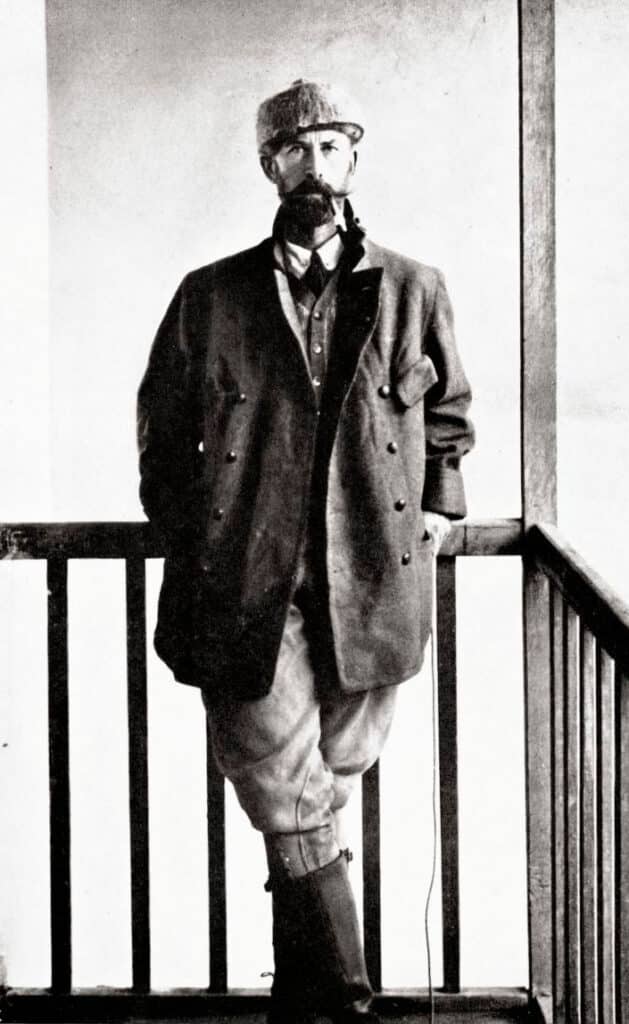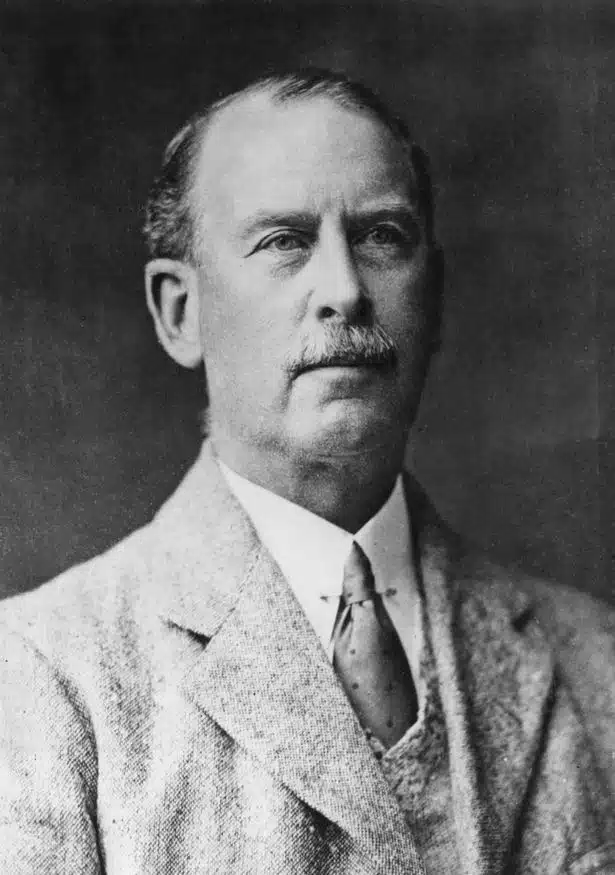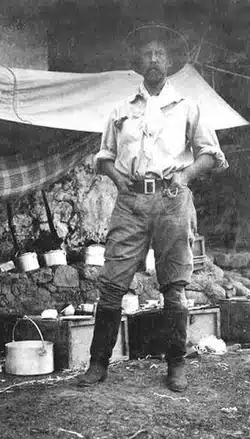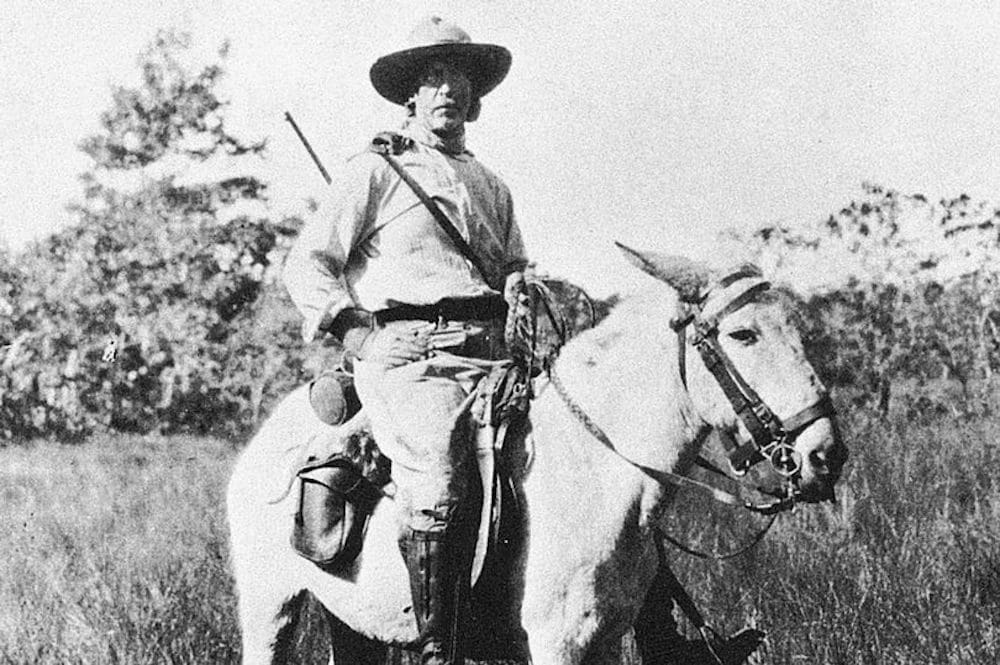In the heart of the vast, uncharted wilderness of the Amazon rainforest, there exists a mysterious place that has captured the imaginations of adventurers and scholars alike: the Lost City of Z.
A place of fabled riches and mysterious ruins, the supposed city has been the subject of countless legends and rumors. Yet, no solid evidence of its existence has ever been found.
The man who most famously sought to find the city was the intrepid British explorer, Percy Fawcett. His obsession with the Lost City of Z led him on several perilous expeditions deep into the jungle. He was driven to explore the unknown and uncover the secrets of a vanished civilization.
Fawcett’s story is one of adventure, danger, and mystery. Was the lost city a figment of his imagination, or did it truly exist? Despite being mocked by his peers, was he actually onto something?
In the end, what became of Fawcett and his team? They disappeared without a trace during their final, fateful expedition, leaving behind only the most tantalizing of clues.

Percy Fawcett: Early Life and Career
Percy Fawcett was born with a natural penchant for adventure, exploration, and thrill-seeking.
He was born in England in 1867. Born into a family with a strong connection to the Royal Geographical Society, they exposed Fawcett to the world of travel and discovery from an early age.
Likely, he was also heavily influenced by an older brother that made his name in mountain climbing, adventure novels, and philosophy.
After attending Newton Abbot Proprietary College as a youth, Fawcett joined the Royal Military Academy at Woolwich. This is where he began his training as a military officer.

Throughout his career in the military, Fawcett served in distant locations around the world. This included Hong Kong, Malta, and Sri Lanka. However, it was his passion for exploration that drove him.
In 1901, he joined the Royal Geographical Society like his father. He began to hone his skills as a mapmaker and surveyor. Later, Fawcett worked for the British Secret Service in North Africa, combining his interests in exploration and espionage.
Despite many accomplishments throughout his early career, he would quickly find other ways to fame and notoriety.
Fawcett’s Early Expeditions
Between 1906 and 1924, Percy Fawcett made seven trips to the continent of South America.
He was commissioned by the Royal Geographical Society to map an area of dense jungle on the border of Brazil and Bolivia for his very first expedition in 1906. From here, his fascination with the region grew.
On his travels, Fawcett claimed to see all manner of mysterious animals, and oddities. Reportedly, he found and shot a 62-foot giant anaconda during this expedition, as well as a giant Apazauca spider.
Fawcett made every effort to return to the region. In 1908, he surveyed and mapped out the source of the Rio Verde in Brazil. Later, in 1910, he attempted to do the same with the Heath River.
It was during his 1911 expedition that Percy Fawcett would dive deeper into the Amazon. He charted hundreds of miles of the completely untouched rainforest with partners Henry Costin and James Murray.
While on this adventure, Fawcett may have begun to form his belief that an ancient city called “Z” was concealed within the jungle.
In 1914, he found proof that he was onto something. While traversing the shelves of the National Library of Brazil, Fawcett stumbled upon a document that came to be known as Manuscript 512.
It was written by Portuguese explorer João da Silva Guimarães. In it, there were descriptions of the ruins of an ancient city. It included a temple with hieroglyphs, arches, and a statue.
Fawcett, never to be matched in his daring and adventurous nature, set his sights on discovering it.

The Search for the Lost City of Z Begins
With his theory of a lost city called “Z” finally formulated, Percy Fawcett intended to find it. He also wanted to find the city described in Manuscript 512.
Today, researchers suggest that Fawcett was influenced in his thinking about “Z” by rumors and stories he heard from the local indigenous people. These told of nearby abandoned ruins and monuments.
Deeply believing that the ruins of an ancient, complex civilization still existed somewhere out in the dense rainforest of Brazil’s Mato Grosso region, he began making plans for an expedition to find it.
He was soon interrupted by the outbreak of World War I. Fawcett spent the intervening years serving Britain on the Western Front of the war. Because of this, he was awarded the Distinguished Service Order for his service.
After the war ended, Fawcett resumed his quest and made a solo attempt to find the Lost City of Z in 1920.
Unfortunately, Fawcett was forced to abandon the expedition after falling seriously ill with a fever. He returned home unsuccessful, but undeterred.

Fawcett’s Final Expedition
In 1925, Percy Fawcett embarked on his final expedition to Brazil. He was accompanied by his son Jack and his son’s friend, Raleigh Rimell. The expedition aimed to finally locate the alluring Lost City of Z.
The group was left with plenty of provisions such as canned food, powdered milk, guns, and flares. They were joined by an expedition party of two Brazilian laborers, two horses, eight mules, and a pair of dogs.
Fawcett chose to travel with just the two companions to keep a low profile. The group set out from Cuiabá, on the edge of the Amazon, on April 25.
In a letter to his wife sent on May 29, Fawcett wrote that he was ready to enter an unexplored territory with only Jack and Raleigh. The letter gave their location as Dead Horse Camp. This was one of the major camps Fawcett made on his final journey. The tone of his letter sounded optimistic.
However, Fawcett and his company were never heard from again. They would never return to Dead Horse Camp, nor would they be seen again.
After waiting for a time, unsure if Fawcett would ever reemerge, the Royal Geographical Society accepted them as lost in January 1927. This was almost two years after their last message.
After the declaration, numerous attempts to locate the group were made, but all failed. Small clues, like Fawcett’s compass, were discovered. But all the evidence later proved to be from earlier in the expedition, and none gave any hint as to his final fate.
Theories and Speculations about Fawcett’s Ultimate Fate
There is a multitude of different theories and speculations about what happened to Percy Fawcett and his crew.
Fawcett’s close friend and explorer Henry Costin threw doubt on claims that Fawcett was killed by the native indigenous people. Evidence showed that he always enjoyed good relations with them. However, many others were not so sure.
In 1951, Orlando Villas-Bôas, an activist, supposedly received the skeletal bones of Fawcett and had them analyzed. He confirmed the bones were Fawcett’s. Fawcett’s son, Brian, refused to accept Villas-Bôas’ claim at face value, however. He insisted that he was too interested in making money off his father’s disappearance to be believed.
Later scientific analysis confirmed that the bones were in fact, not Fawcett’s. Many of the primary claims still theorized that Fawcett and his companions were killed by indigenous tribes.
Danish explorer Arne Falk-Rønne wrote in his 1991 book that the Kalapalo tribe was possibly responsible since Fawcett and his team may have encountered them.
The theory goes that Fawcett and his companions had a mishap on the river. They lost most of the gifts they brought along for the Indian tribes. Continuing without gifts was a serious breach of protocol, so the Kalapalo tribe decided to kill them.
The bodies of Jack Fawcett and Raleigh Rimell were then thrown into the river, while Percy Fawcett received a proper burial.
There remains no definitive proof of Falk-Rønne’s claims. To this day, no bodies, burials, or other clues have been unearthed.
Interestingly, in 1979, Fawcett’s signet ring was discovered in a pawnshop. This led some to believe that Fawcett was killed by bandits. their bodies were disposed of in a river, and the bandits then made off with their belongings.
These are several of the theories and speculations about Fawcett’s ultimate fate, but none of them are definitively proven.
Modern Expeditions and the Legacy of Percy Fawcett
Percy Fawcett’s expeditions to the Amazon and his search for a lost civilization continue to inspire plenty of modern-day explorers and researchers.
The Kuhikugu site was discovered in 1925. This was the site that Fawcett had speculated about and heard about in his travels. There have also been discoveries of other large geometrical earthworks in the southern Amazon region that may corroborate this story.
These findings suggest that there may have been a complex civilization in the Amazon that was previously unknown to Westerners. The cities were constructed with a level of engineering and mathematics that rivaled anything happening in Europe at the time. This highlights the potential significance of these ancient cultures.
In other areas of the Amazon Basin, modern-day efforts to scan the jungle with LiDAR have also revealed what initially look to be massive cities and lost civilizations on the scale of which few believed to have been possible.
As the years go by, our ideas of what is possible in the Amazon and its deep, rich history are being overturned and revolutionized.
Today, the legacy of Percy Fawcett continues to spark interest in the exploration and study of the Amazon. Despite the mystery surrounding Fawcett’s fate, his story remains a testament to the human spirit of exploration.
Who knows, maybe Fawcett was on to something after all? Only time will tell.
References
Berman, Eliza. “The True Story Behind The Lost City of Z.” The Lost City of Z: True Story behind the Movie, Time, 14 Apr. 2017, https://time.com/4735505/the-lost-city-of-z-true-story/.
Grann, David. The Lost City of Z: A Tale of Deadly Obsession in the Amazon. Doubleday, 2009.
“The Lost City of Z: What Happened to Percy Fawcett?” Who Was Percy Fawcett?, Telegraph Media Group, 10 Mar. 2017, https://www.telegraph.co.uk/films/the-lost-city-of-z-what-happened-to-percy-fawcett/.

